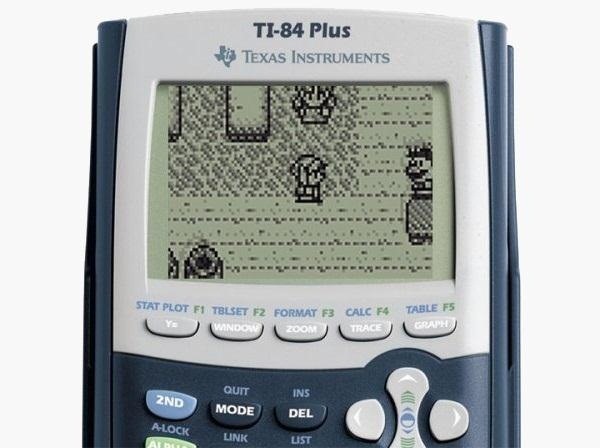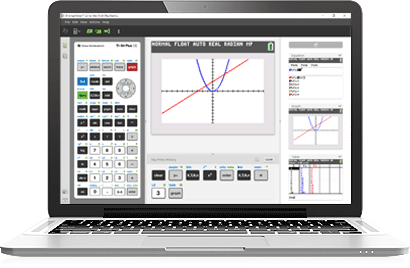


Įxpressions use infix notation, with standard operator precedence. For example, on TI 83/84 models the for loop function runs much slower without closing parentheses in certain circumstances. On the TI-83/84 models, closing parentheses, brackets, braces, and quotes can optionally be omitted at the end of a line or before the STO token in order to save space, although sometimes they are better left on. All statements begin with a colon, which also functions as a statement separator within lines. It is also dependent on a somewhat non-standard character set, with specific characters for assignment (the right "STO" arrow, not readily available in most character sets), square and cube roots, and other mathematical symbols, as well as tokenized entry and storage for keywords. The language itself has some basic structured programming capabilities, but makes limited to no use of or allowance for white space or indentation. The syntax of all versions of TI-BASIC are somewhat different from typical BASIC implementations. Because TI graphing calculators are required for advanced mathematics classes in many high schools and universities, TI-BASIC often provides the first glimpse many students have into the world of programming. Some math instruction books even provide programs in TI-BASIC (usually for the widespread variant used by the TI-82/83/84 series).Īlthough it is somewhat minimalist compared to programming languages used on computers, TI-BASIC is nonetheless an important factor in the programming community. TI-BASIC is considerably slower than the assembly language (because it has to be interpreted), making it better suited to writing programs to quickly solve math problems or perform repetitive tasks, rather than programming games or graphics-intensive applications. However, both of them are cross-compilers, not allowing on-calculator programming. Assembly language (often referred to as "asm") can also be used, and C compilers exist for translation into assembly: TIGCC for Motorola 68000 (68k) based calculators, and SDCC for Zilog Z80 based calculators. įor many applications, it is the most convenient way to program any TI calculator, since the capability to write programs in TI-BASIC is built-in. TI rarely refers to the language by name, but the name TI-BASIC has been used in some developer documentation. TI-BASIC Nspire (on ARM processor) for TI-Nspire and TI-Nspire CAS.TI-BASIC 89 (on 68k processor) for TI-89 series, TI-92 series, Voyage 200.
2 var stat ti 84 emulator plus#
TI-BASIC 83 (on Z80 processor) for TI-83 series, TI-84 Plus series.TI-BASIC is a language family of three different and incompatible versions, released on different products: TI-BASIC is the official name of a BASIC-like language built into Texas Instruments (TI)'s graphing calculators. It has been suggested that this article be split into articles titled TI-BASIC 83 (Z80), TI-BASIC 89 (68k) and TI-BASIC Nspire (ARM).


 0 kommentar(er)
0 kommentar(er)
